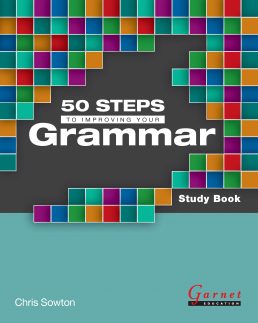
We were particularly moved by a current Unicef fundraising campaign, and English Central has decided to do what we can to help spread the word… and encourage your help!
Today, we are faced with multiple emergencies all over the world. Conflict, natural disasters and climate-change events mean that 462 million children now live in crisis-affected areas and 75 million of them have had their education interrupted or have had to abandon it altogether to flee to safety. For these children, back to school may never come.
Education is especially important for children during times of crises, giving them a sense of normalcy and hope for the future in the midst of violence, instability and disaster. It provides them with the skills to build better, safer, healthier lives for themselves, their families and their communities.
UNICEF is there, on the ground before, during and after a crisis hits. Unicef has always provided temporary learning spaces, rebuilt schools, established accelerated and alternative learning programs, trained teachers and provided school children with vital school supplies. But with today’s global emergencies they are seeing a severe education-funding shortfall, in 2015 only 12% of children living in crisis and in need of education were reached.
Please join English Central in donating school supply kits today and help more children receive the essentials they need to continue to learn.
Each kit costs only $3.71 and contains a backpack, an exercise book and pencils. A donation of:
- $26 will provide 7 children supplies
- $53 will help 14 children
- $102 will provide supplies to 27 children
For every person who clicks the link below to donate, English Cental will match the donation*. On Halloween, kids no longer come around with those little orange collection boxes anymore; let’s keep the tradition of working with Unicef at this time of year, though, and do some good at little expense.
Please join us and donate today!
* We will match any contributions made by October 31st, 2016 up to a maximum of 300 backpacks. Note that this campaign is through Unicef Canada – for our US readers, you can participate nevertheless; plus, the exchange rate means that this is even easier for you to help!








